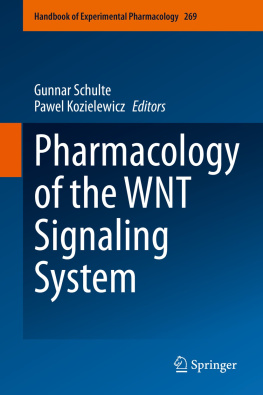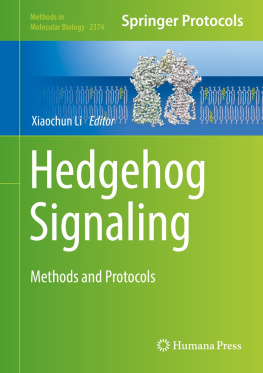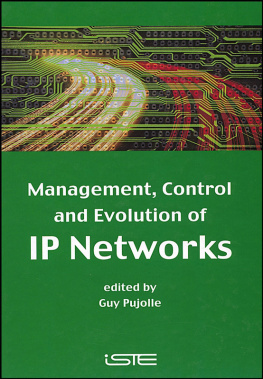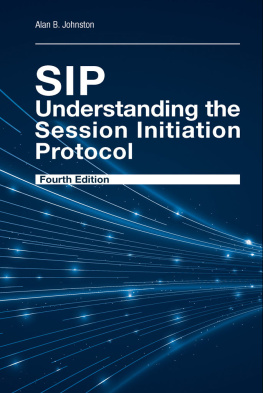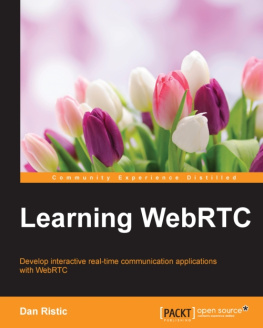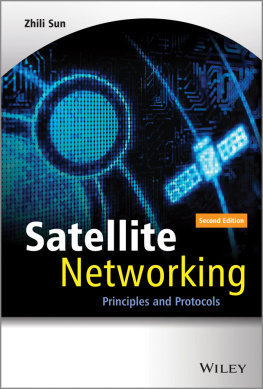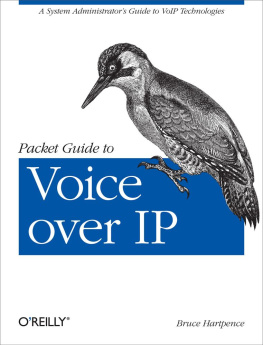Lee Dryburgh - Signaling System No. 7
Here you can read online Lee Dryburgh - Signaling System No. 7 full text of the book (entire story) in english for free. Download pdf and epub, get meaning, cover and reviews about this ebook. year: 2004, publisher: Cisco Press, genre: Computer. Description of the work, (preface) as well as reviews are available. Best literature library LitArk.com created for fans of good reading and offers a wide selection of genres:
Romance novel
Science fiction
Adventure
Detective
Science
History
Home and family
Prose
Art
Politics
Computer
Non-fiction
Religion
Business
Children
Humor
Choose a favorite category and find really read worthwhile books. Enjoy immersion in the world of imagination, feel the emotions of the characters or learn something new for yourself, make an fascinating discovery.
- Book:Signaling System No. 7
- Author:
- Publisher:Cisco Press
- Genre:
- Year:2004
- Rating:5 / 5
- Favourites:Add to favourites
- Your mark:
Signaling System No. 7: summary, description and annotation
We offer to read an annotation, description, summary or preface (depends on what the author of the book "Signaling System No. 7" wrote himself). If you haven't found the necessary information about the book — write in the comments, we will try to find it.
A complete, practical guide to the worlds most popular signaling system, including SIGTRAN, GSM-MAP, and Intelligent Networks.
- Provides in-depth coverage of the SS7 protocols, including implementation details
- Covers SS7 over IP (SIGTRAN) using real-world examples
- Covers SS7/C7 from both a North American and European perspective, providing a broad international understanding of the technology and associated standards
- Explains mobile wireless concepts and signaling, including mobile application part (MAP)
- Provides a thorough explanation of the Intelligent Network (IN) and associated protocols (INAP/AIN)
Signaling System No. 7 (SS7) is a signaling network and protocol that is used globally to bring telecommunications networks, both fixed-line and cellular, to life. SS7 has numerous applications and is at the very heart of telecommunications. Setting up phone calls, providing cellular roaming and messaging, and supplying converged voice and data services are only a few of the ways that SS7 is used in the communications network. SS7 also provides the point of interconnection between converging voice and data networks. This transition, which affects everyone who works with the data network, has bolstered the need for practical and applied information on SS7. In short, anyone who is interested in telecommunications should have a solid understanding of SS7.
Signaling System No. 7 (SS7/C7): Protocol, Architecture, and Services will help you understand SS7 from several perspectives. It examines the framework and architecture of SS7, as well as how it is used to provide todays telecommunications services. It also examines each level of the SS7 protocol-all the way down to the bit level of messages. In addition, the SIGTRAN standards are discussed in detail, showing the migration from SS7 to IP and explaining how SS7 information is transported over IP.
Lee Dryburgh: author's other books
Who wrote Signaling System No. 7? Find out the surname, the name of the author of the book and a list of all author's works by series.


